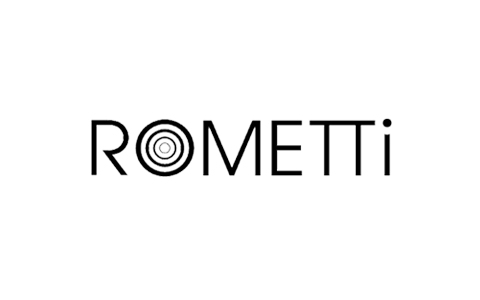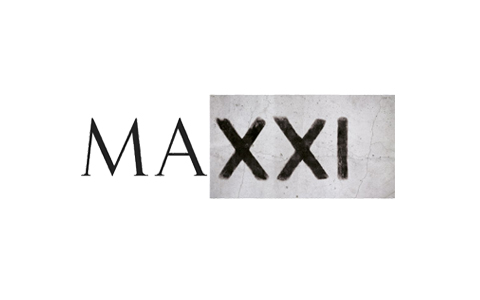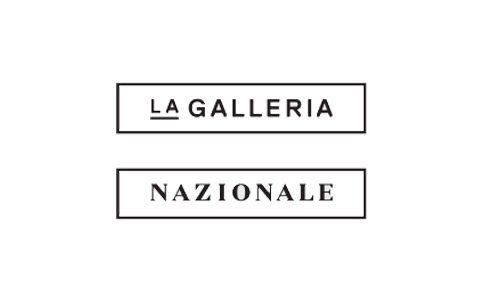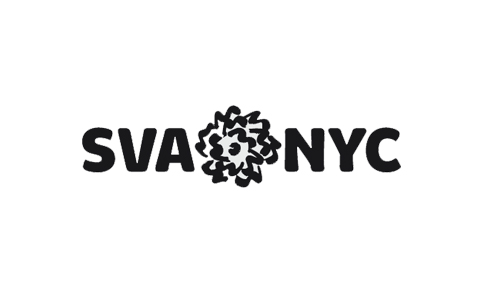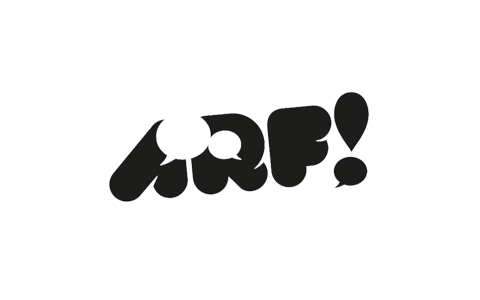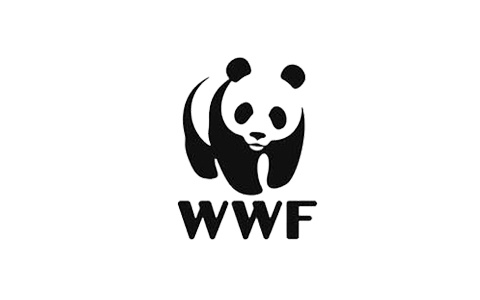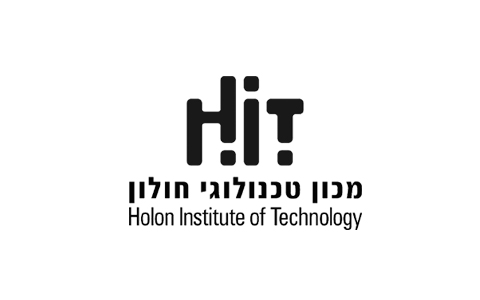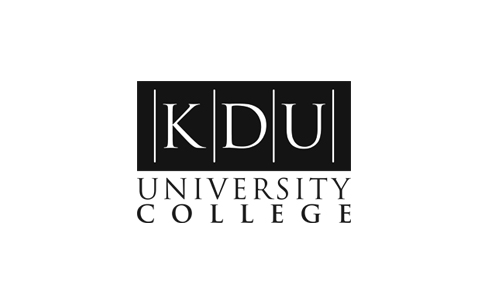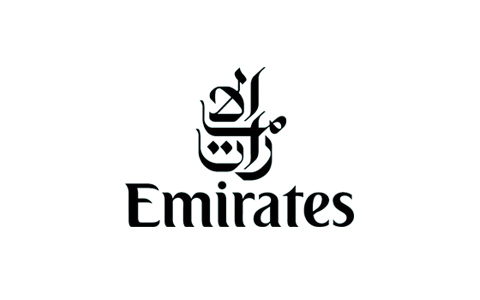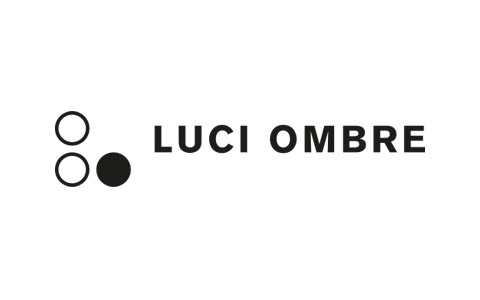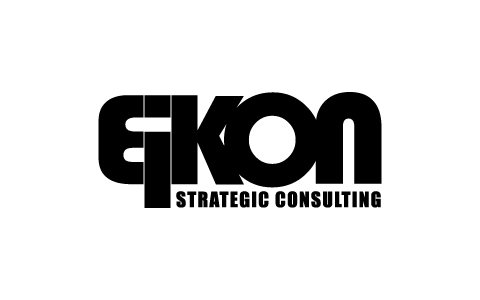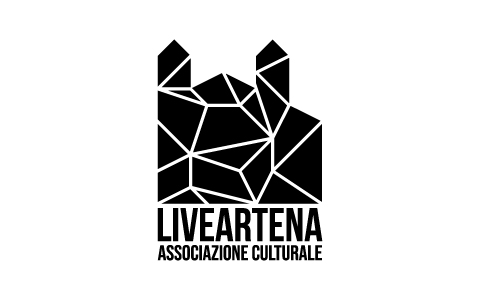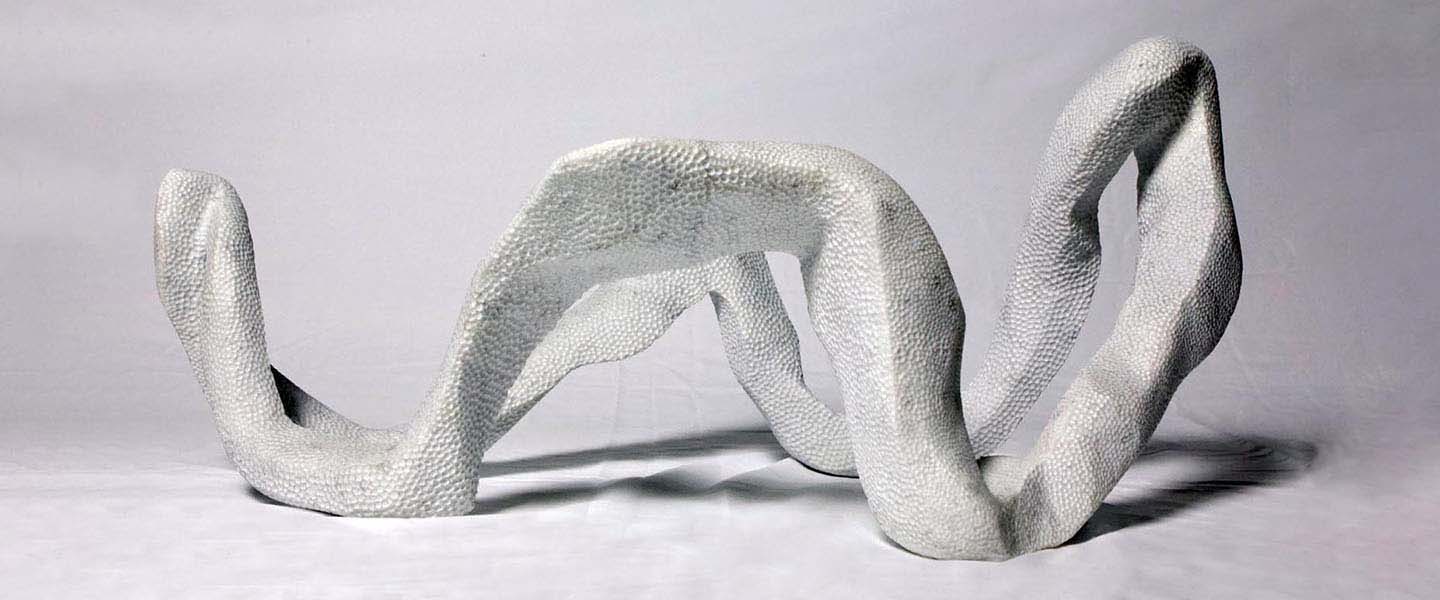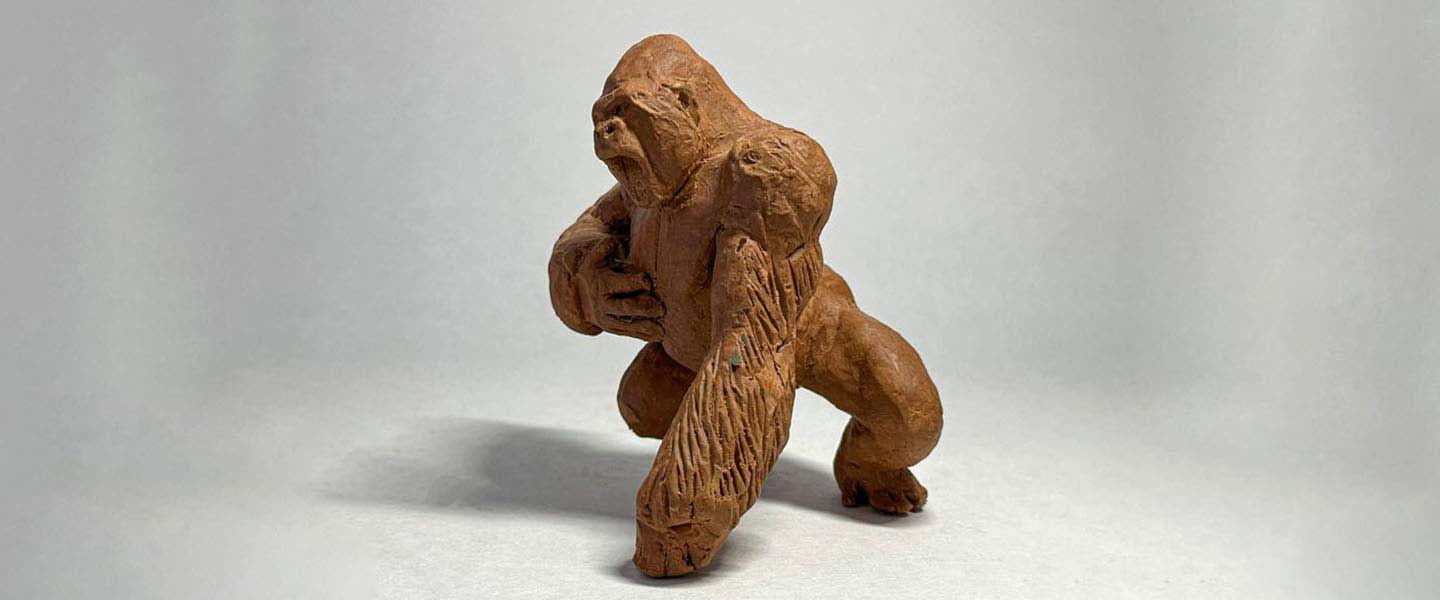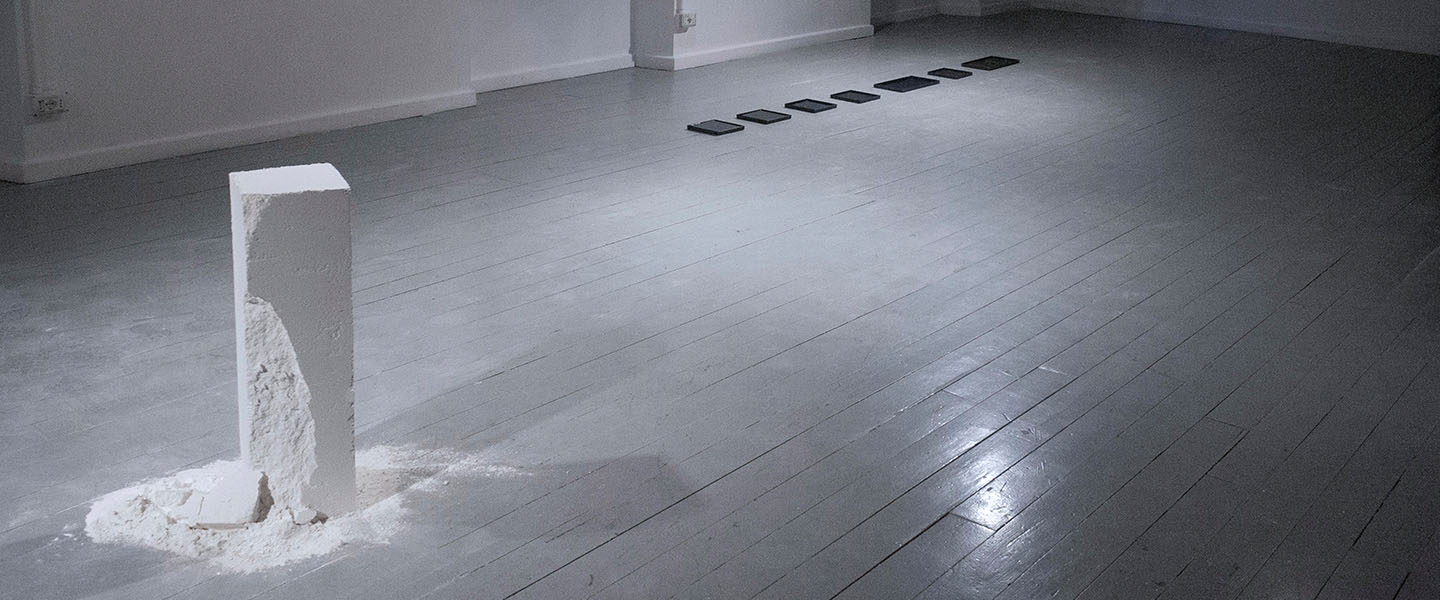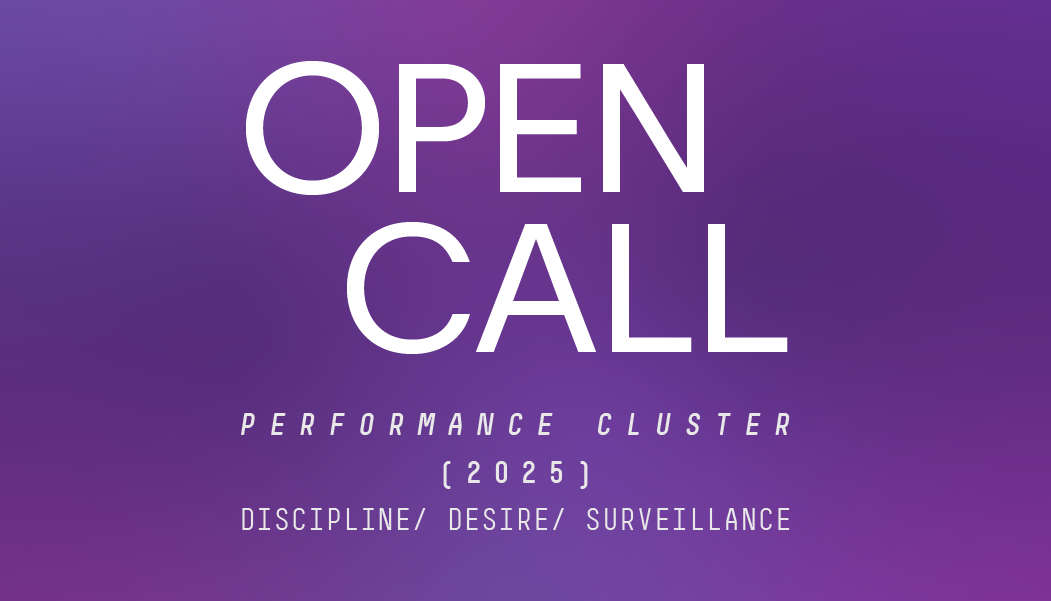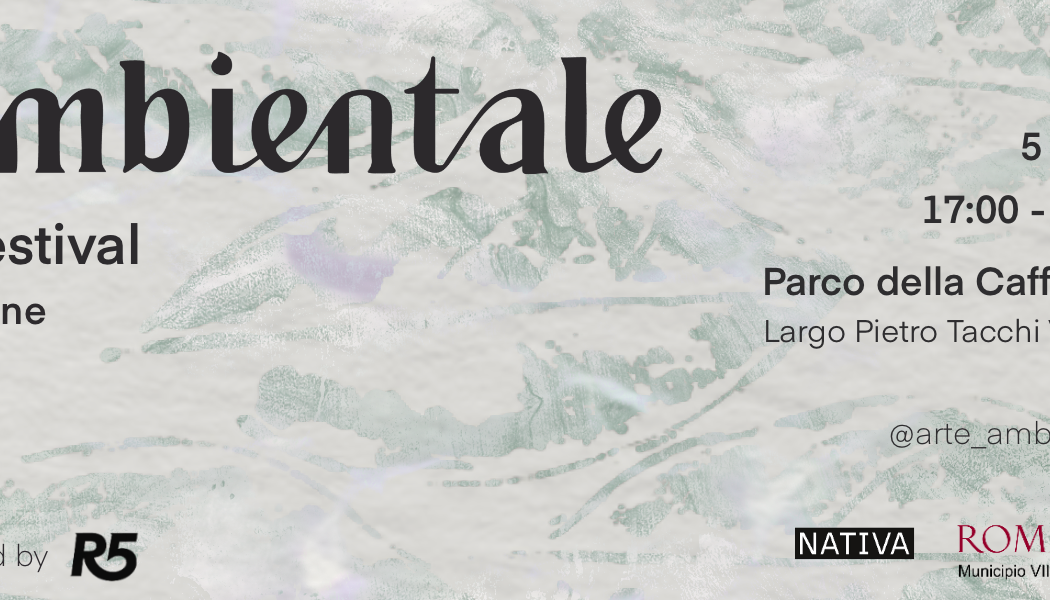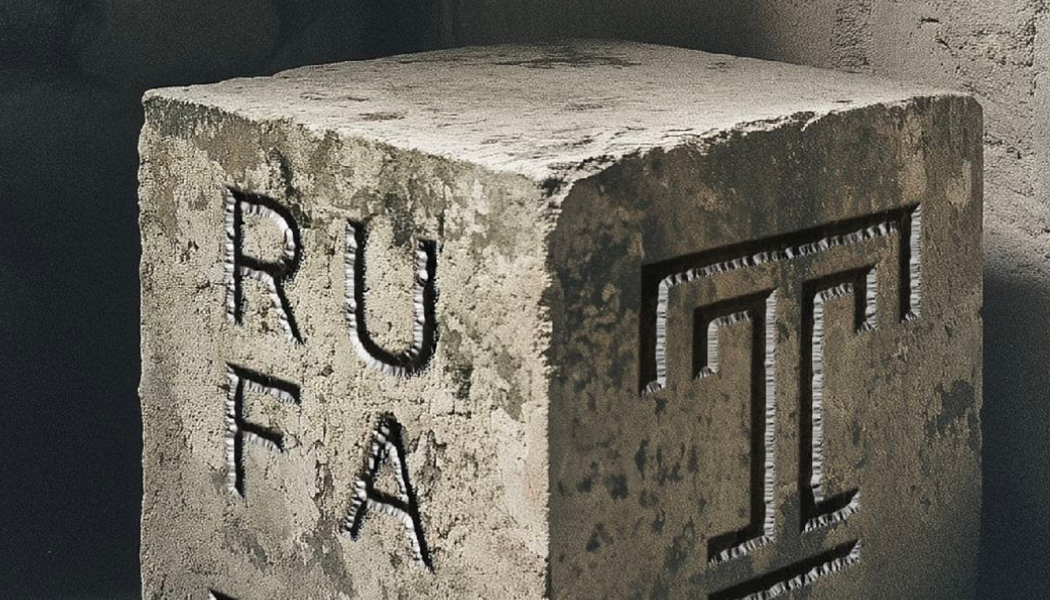TAUGHT IN ITALIAN AND ENGLISH ❯
The physical aspect of creation.
Before entering the job market you will gain an in-depth knowledge of contemporary plastic arts. Contemporary and classical studies, the analyses of aesthetic principles, the search for a perfect balance between form and substance: these are the key elements of the course and the first step towards the future of a sculptor.
Qualification:
First Level Academic Diploma, equivalent to a Bachelor’s degree
Duration:
3 years, full time
Language:
Italian and English
Credits:
180 ECT
Location of attendance:
Rome
Requirements:
Italian students
High school diploma
International students
Valid High School Diploma for the Italian Higher Education System
B2 Certificate of the language in which the course is held
Upon admission non UE students are subject to fulfill the procedure for obtaining the student VISA
Field:
Visual Arts, Sculpture, Installation
Main subjects:
Sculpture and Installation, Drawing for sculpture, Techniques for Sculpture, Multimedia installations.
Future careers:
Designer of spaces, exhibitions and installations, Gallery assistant, Collaborator in contemporary art museums, Curatorial assistant, Collaborator in architectural firms, Event organiser.
The art of making solid objects. Sculpture comes from combining plasticity with technique. It is an art linked to space and the tangible expression of the sculptor’s vision of the world. Contemporary and classical studies, analysis of aesthetic canons, research into the fine balance between form and substance: these are the technical and theoretical pillars of the course which supports students in their first step towards a future as contemporary artists. RUFA Sculpture and installations graduates enter the job market with a thorough knowledge of plastic arts, performances, installations. They can also play a key role in the creation of exhibition spaces or in upgrading public spaces in the urban design sector. Working with traditional as well as new materials and improving the quality of spaces are the natural outcomes for RUFA Sculpture and installations graduates. Thanks to their education graduates are also suited for interesting job opportunities in the more conceptual areas of the profession such as curating exhibitions and art catalogues. The subjects studied at RUFA are part of an all-round education that focuses on figurative and plastic aspects, within a study plan that also includes art history, graphic design, drawing, photography, and audiovisual techniques. Together they form a complete and highly specialised professional.
The Academic Bachelor of Arts is equivalent to a University Bachelor’s Degree
*All lessons include mandatory attendance at RUFA’s locations in Rome.
Coordinator: italian Emiliano Coletta, english Fabrizio Dell’Arno
Tutor: italian Maria Pina Bentivenga, english Fabrizio Dell’Arno
Lecturers: Gianna Bentivenga, Alessandro Carpentieri, Emiliano Coletta, Genny Di Bert, Davide Dormino, Cem Kanyar, Federico Landini, Fabrizio Pizzuto, Lucia Sforza,Raffaele Simongini, David Vernaglione, Daniela Cotimbo, Roberto Scavizzi, Jurgen Janku, Fulvio Merolli, Simone Cametti, Tommaso Fagioli, Marta Jovanovic, Erica Bellucci, Iris Gentili, Caterina Antonaci, Gianluca Lorenzini, Leonardo Petrucci, Alida Massari.
BROCHURE DOWNLOADPROGRAMME REGULATIONS
BOOK A GUIDANCE INTERVIEW
LOOK AT SCULPTURE AND INSTALLATIONS STUDENTS’ PROJECTS
ASK MORE INFO ABOUT THE COURSE
BACHELOR OF ARTS PROGRAMME IN SCULPTURE AND INSTALLATIONS
Suggested study plan – Mandatory attendance at RUFA locations in Rome.
| YEAR | SUBJECT | ECTS | HOURS |
|---|---|---|---|
| I YEAR |
Artistic Anatomy
Knowledge of the human body and its representations in visual arts: normative study of the morphological, physiological and physiognomic characteristics of the individual. Drawing the human body, both in classical and modern times.
| 10 | 125 |
|
Drawing for sculpture
Development of a personal research through the study of the relationship between a white sheet, intended as a space to compose, and the volume of a shape. Class exercise with a model: observation of the subject.
| 8 | 100 | |
|
History of modern art 1
The history of European art from the late fifteenth to the early twentieth century: basic preparation on the fundamental art styles and languages of the period analyzed. Constant comparisons between the works of art throughout the different eras.
| 6 | 45 | |
|
Phenomenology of the image
Reflection on images through an experimental approach that involves philosophy, psychology, anthropology, history of art and image theory.
| 6 | 45 | |
|
Sculpture and installations 1
Creation of one or more projects. Starting from the concept of memory and identity, the students will develop their research related to shape, space and the materials to be used.
| 12 | 150 | |
|
Sculpture techniques 1
The various stages of the process. From design to construction, through direct modeling with clay or molding techniques. Study of the process from a theoretical and practical point of view and of the specific characteristics of the materials.
| 6 | 75 | |
|
Photography
Photography as a representation and communication tool, but above all a research tool. Practical exercises and critical analysis of the works. Knowledge and awareness of the medium. Introduction to historical and theoretical aspects.
| 8 | 100 | |
|
Basics of computer science
Digital processing to develop the expressive potential of the image: software study for photo editing and graphic design.
| 4 | 50 | |
| II YEAR |
History of modern art 2
History of the main avant-gardes of the early twentieth century: Futurism, Dadaism, Abstractionism, Cubism, Expressionism and Surrealism. History of the avant-gardes of the late twentieth century: from Paris to New York, Situationism and the resistance of European criticism, the persistence of the avant-garde in the Italian neo-avant-gardes of the 1960s.
| 6 | 45 |
|
Sculpture and installations 2
Starting from the research chosen during the first year, students will continue to analyze the relationship between form / space and imaginary, paying attention to the design phase.
| 12 | 150 | |
|
Sculpture techniques 2
Lectures, meetings and laboratory exercises to learn the various techniques and materials and their specific characteristics.
| 6 | 75 | |
|
Engraving techniques - Printmaking
Observing printmaking throughout history through the avant-gardes and by studying its contemporary value. Personal research within galleries and public collections. Etching techniques. Lithographic, traditional and experimental techniques. The monotype: technical methods.
| 6 | 75 | |
|
Multimedia Installations
Understanding and defining the potential of a workspace, seeing art practice as one with the space. Within the course the student will enhance the potential of a work within a defined space, including and designing Site-Specific installation works in different environments.
| 8 | 100 | |
|
Illustration
Experimenting with the art of illustration applied to different sectors: from illustrated books, to editorial illustration for magazines. Developing a personal taste and style. Laboratory activities: the realization of short editorial projects for different targets. The dynamics of storytelling.
| 6 | 75 | |
|
Art management
Exhibition of a brief history of curatorship, from the nineteenth-century Salons to the present day. Historical analysis of the art system: from the birth of galleries, museums, happenings, to art that involves the viewer. Writing a portfolio with a statement and developing the ability to entertain a Studio Visit with a curator.
| 6 | 45 | |
|
English
Development of expression and speech skills through the study of the main grammatical structures. Practical comprehension exercises by reading texts and watching films and videos.
| 4 | 30 | |
| Elective educational activities | 6 | / | |
| III YEAR |
History of contemporary art
History of art from the postwar period to today: themes, techniques, media, topics, protagonists and methodologies. Analysis of the birth of new languages and the lyrical, technical and content evolution of pre-existing languages. Critical analysis of a work of art and its spatial value and content.
| 6 | 45 |
|
Aesthetics of visual arts
The Aesthetics in art and cinema. The general meaning of the concept of Aesthetics. Focus on the theoretical aspects related to knowledge by object and subject. The decline of the concept of style and the advent of the technical age. Analysis of the poetics of artists such as Manet, Cezanne, Klee, Mondrian, Malevic, Picasso, Duchamp, Pollock, Bacon, De Chirico, Rothko, Burri, Warhol.
| 6 | 45 | |
|
Sculpture and installations 3
The boundaries extend beyond physical spaces, overturning the different levels of reading of one's work, to increase awareness regarding the artistic research.
| 12 | 150 | |
|
Digital modeling techniques
The acquisition of two-dimensional drawing and three-dimensional modeling techniques in the 3D Studio Max environment, management of files and exchange of documents between 3D Studio Max and other programs, such as Rhinoceros and Autocad. The analysis of the characteristics of V-Ray and the study of lights and materials. Drafting a paper in which the acquired knowledge is applied.
| 6 | 75 | |
|
Performative techniques for visual arts
Multimedia as a concept: opening up to a different approach and relationship between the various artistic fields. Definition of performance as a unique process in the field of artistic thought. Creation of a final paper documented through photographs and videos.
| 6 | 75 | |
|
New integrated media techniques
Study of the audiovisual language as a tool for communication, expression and research. In-depth study of the physics of sound, softwares used and the analysis of sound art works. Creation of an AUDIOVISUAL following three phases: preparation, production and post-production.
| 8 | 100 | |
| Further language and interpersonal skills, internships, etc. | 4 | / | |
| Elective educational activities | 4 | / | |
| Thesis | 8 | / | |
| Total Credits | 180 |
CREDITS
Foto slider: Lorenzo Giorgio, Gianluca Ricco, Sade Troscia.
Partner

